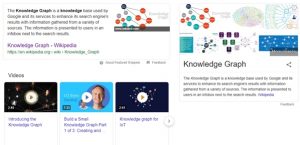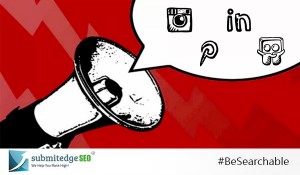by Patrick Hayden, Op-Ed Contributor, November 9, 2016
For obvious reasons, Google is the first name in search. It has the largest audience, the widest portfolio of ad formats and tools, and a name synonymous with searching (“Google it”).
Increasingly, however, it’s not the only game in town. Advertisers with big goals and small budgets, in particular, can increase their conversions by adding Bing to the mix.
Why? Bing has grown to represent more than 30% of all search traffic. It’s now the native results page for a number of popular browsers, and it powers the results of a number of major publishers.
In the process, Bing got its interface and service acts together. Once the sole province of search professionals using third-party bid management, it’s now a more user-friendly interface supported by a relationship-oriented sales team. At a time when other platforms are paring back, Bing is assigning account executives to every agency team in an effort to define and capitalize on new opportunities.
Faster response translates to faster wins. In addition to a 30% audience gain, we’ve seen an average of 20% higher conversion rate on the engine. There’s simply less competition on the platform. So we’re adding a large, rich audience with virtually no concessions.
Here are three things we have learned from winning on Bing.
1) Test every beta. When a platform creates a new opportunity, try it out. There’s a clear advantage to being an early adopter. For example, Bing rolled out image ad extensions, which let advertisers portray the brand or experience under their ads. By getting in early, we saw significant gains for a number of clients. As Bing redesigns these ads to be more organic, more advertisers will start using them; but the early adopters already know how to work them best.
2) Pull competitive insights. Every platform collects unique data, including Bing. Different users with different interactions create different marketing intelligence. Pull that competitive data and learn from it — you’ll probably see your market in a new light. Then leverage what you’ve learned in all targeted offers.
3) Create custom audiences. Earlier this year, Bing rolled out remarketing lists for search ads. The feature lets advertisers create custom audience segments that will get specific ads — including new product offers and enticements to visit a nearby store — when they conduct searches related to the brand. It’s bringing the power of retargeting to the screen as people search, when they’re in action mode, as opposed to the standard display ad.
Surprisingly, hundreds of active search marketers don’t even have Bing accounts. As search continues to grow in importance and Google becomes prohibitive for some marketers, advertisers need to take advantage of every opportunity to increase traffic and conversion. That means working every platform for all it’s got.
MediaPost.com: Search Marketing Daily
(100)





